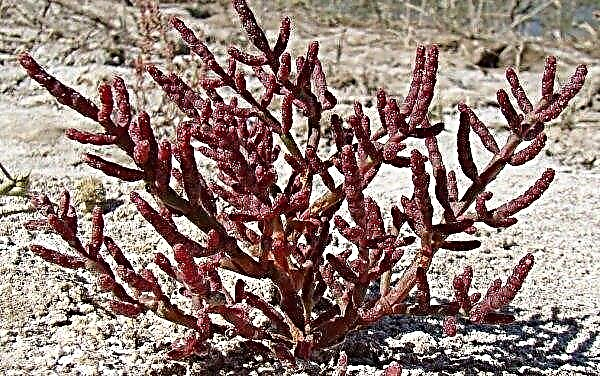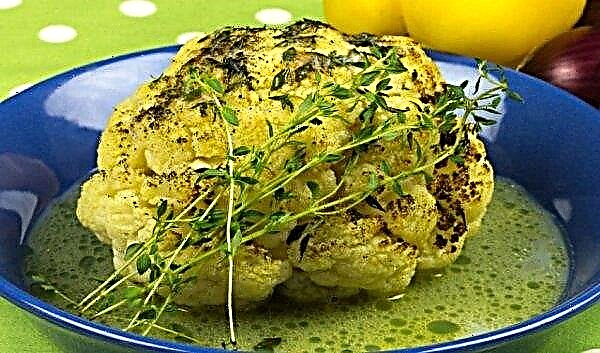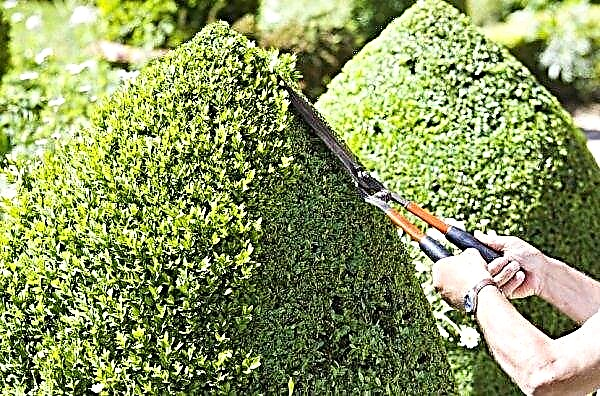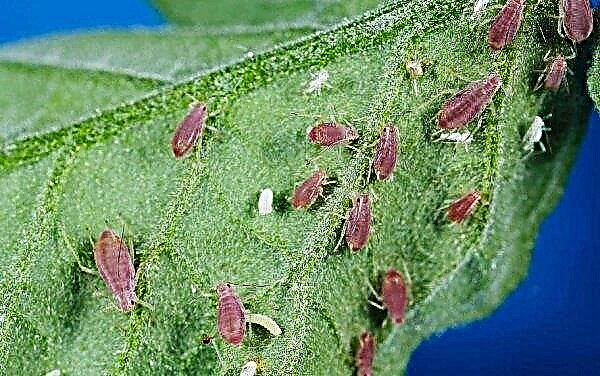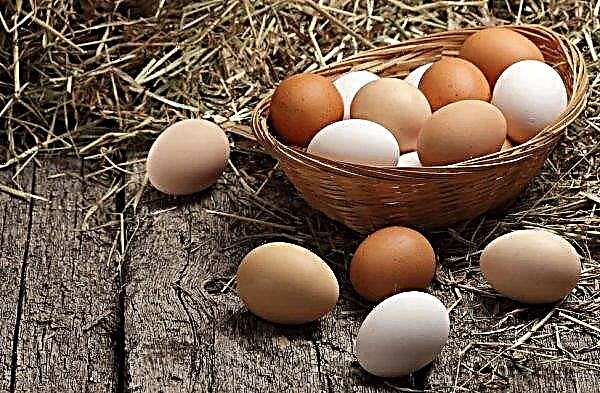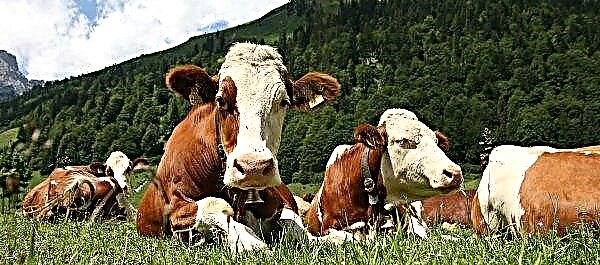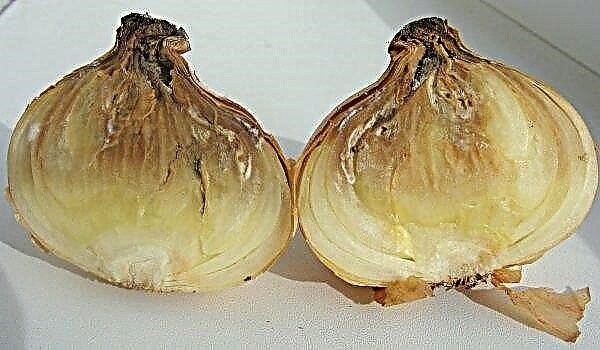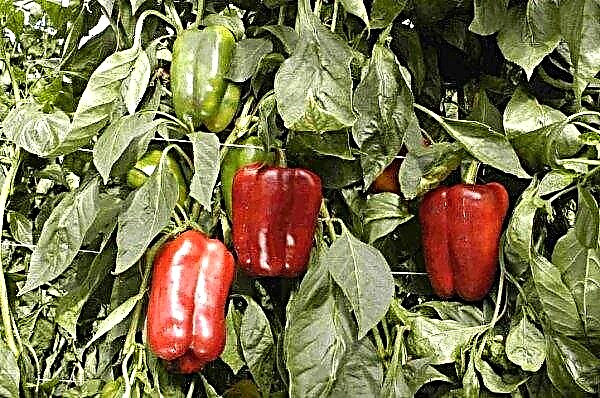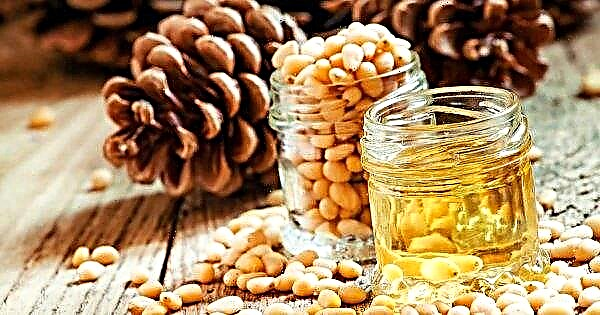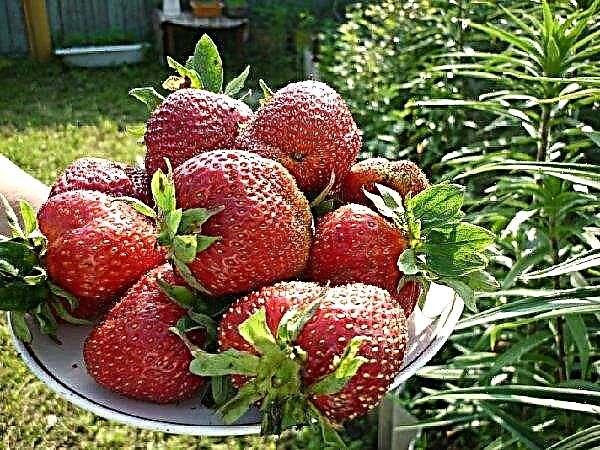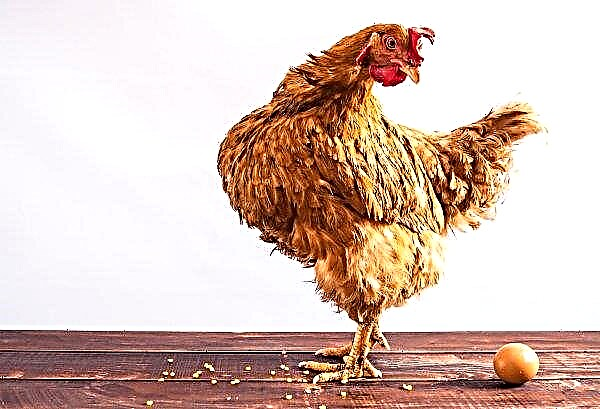It’s hard to imagine at least one garden without a cucumber. Along with potatoes and tomatoes, he is a leader in cultivation. New breeding varieties appear, but do not forget about old, time-tested crops. One such variety Vyaznikovsky 37, will be discussed in the article.
Botanical description and characterization of the variety
This long-known and very common variety is loved by many gardeners.
Bushes
This medium-sized plant has the following characteristics:
- lashes of medium length (from 1.5 to 2 m), strong;
- shoots of the 1st order are formed from 5 to 15 pieces, and whips of the 2nd order are practically not formed;
- the leaves are large, rough, saturated green.
Fruit
Cucumbers differ in the following features:
- average length about 10–13 cm and weight 130–150 g;
- cylindrical shape, elongated, no ribbing;
- the skin is thin, light green, densely covered with small tuberosity with black spikes;
- the flesh is tender, dense, crisp, without voids, with multiple small seeds;
- vegetables have a strong characteristic aroma and pleasant taste. There is no bitterness.

Productivity
From 1 m², you can collect up to 2-3 kg of fruits. During active fruiting - up to 3.5 kg of cucumbers. The fruit-giving period is not extended, therefore, experienced vegetable growers advise planting later varieties as well, so that there is the possibility of a longer collection and use of vegetable products.
Did you know? Barrese Italian cucumbers have a ribbed surface and dark green color. As they mature, their color becomes orange-yellow. And the taste of these cucumbers is more like the taste of melon.
The timing of flowering and fruit ripening
In the description of the variety, the onset of ripening is indicated on the 40–55 day after emergence. However, according to gardeners, it follows that the collection of cucumbers can start already on 37-40 days. This gives reason to attribute it to early ripening varieties.
Pest and disease resistance
Cucumbers are resistant to powdery mildew and bacteriosis. But many other diseases of cucumbers, as well as pests, are still affected. Therefore, prevention and treatment are needed, which will be discussed in the section "Prevention of diseases and pests."
Advantages and disadvantages of the Vyaznikovsky variety
- Cucumbers of this variety have several advantages:
- cultivation in open ground and greenhouses;
- early and friendly bearing;
- universality of application;
- tolerates a short-term decrease in temperature;
- well transported and stored without loss of presentation up to 4 days;
- do not outgrow and do not form voids during salting and canning;
- the possibility of self-collection of seed material;
- ease in leaving;
- excellent taste.
- But cucumbers have a few "minuses". These include:
- poor tolerance of dry soil;
- the need for the presence of insects for pollination.
Planting Rules
Depending on the method of sowing (seedling method or sowing in the soil), the following aspects are observed:
- sowing on beds is carried out in mid-May. You can do this earlier if weather conditions permit (air temperature - about + 15 ° С, and the soil warmed up to +10 ... + 12 ° С);
- for seedlings, seeds are sown in mid-Aprilso that the seedlings have time to grow up to planting in a permanent place;
- seedling method allows you to get a crop 10-14 days earlier, and also the fruiting period is extended;
- seedlings can be grown on the windowsill and in the greenhouse. For indoor cultivation, the best option is to sow directly in cups or peat pots. In this case, the landing will occur by transshipment with an earthen lump, without damaging the root system.
In order to accelerate germination and enhance the immunity of seed material, the following manipulations are used:
- soak for 50-60 minutes in warm water (to stimulate germination and disinfection, you can add a couple of drops of aloe juice) and subsequent placement in a warm place (at + 20 ° C) for a day;
- disinfection can be achieved using garlic infusion (30 g per 100 ml of water) or a weakly pink manganese solution by placing seeds in one of the liquids for an hour;
- enhances stress tolerance keeping seeds on the bottom shelf of the refrigerator within 1-2 days (seeds are placed in moist tissue).

If the purchased seeds are covered with a colored coating (i.e., they have undergone pre-sowing treatment), then they do not require any action before planting.
Sowing in prepared containers consists of several stages:
- Cover the bottom with a layer of sawdust (thickness up to 2 cm).
- Prepare a composition of equal parts of humus and peat. Add 2 cups of wood ash and ¼ cup of superphosphate to the bucket of the mixture.
- To fill the tank with the soil mixture obtained, without adding about 2 cm to the top.
- Place the seeds (2 pcs. In a cup) to a depth of 1 cm.
- Pour the crops with warm water and cover with a film to create greenhouse conditions.
- In a room with crops until they germinate, you need to maintain a temperature of + 22 ... + 26 ° C.
Emerging shoots need to create optimal conditions:
- lower the temperature to + 20 ° C;
- create additional lighting so that the seedlings do not stretch out (for example, using a fluorescent lamp);
- as the stem is pulled, pour the soil mixture so that additional roots can form;
- watering should not be abused so that the soil is moderately moist.
 Hardening of seedlings of cucumbers. When the temperature in the daytime does not fall below + 22 ° C, and at night - below + 18 ° C, you can plant seedlings.
Hardening of seedlings of cucumbers. When the temperature in the daytime does not fall below + 22 ° C, and at night - below + 18 ° C, you can plant seedlings.In this case, certain rules must be observed:
- seedlings should have about 4 true leaves;
- transplantation is preferable to carry out in the evening or in cloudy weather;
- between the holes a distance of about 30 cm is observed, and between rows - up to 45-50 cm;
- seedlings are buried in the soil a little more than they were before, to cause the formation of additional roots;
- plantings should be well watered and mulched. Mulch for cucumber plants can be hay, straw or chopped grass. Layer thickness - at least 3 cm.
 The scheme of planting cucumbers.
The scheme of planting cucumbers.A simpler method of growing cucumbers is to sow seeds directly on the beds. With this method, certain conditions are met:
- the place should be well lit;
- preference is given to fertile, light, humus-rich soils;
- if the soil is heavy, sand must be added (about 1/2 bucket per 1 m²);
- seeds are sprinkled with a layer of soil no more than 3 cm;
- the distance between plants is the same as when planting through seedlings;
- the best predecessors are tomatoes, potatoes or legumes;
- since the fall, 10–20 kg of manure per 1 m² can be added to the planting territory.
Landings can be made in early May, if arcs are installed over the crops and covered with lutrasil.
Important! The mulching material should not contain weed seeds or have rot and a ripe smell. They cover the entire territory of the bed, avoiding the area directly around the base of the plants.
Further care of the cucumber bush
Proper care of adult specimens ensures a plentiful harvest.
Intensity of watering and top dressing
Cucumbers are moisture-loving crops. But mindlessly pouring water under them should not be, you need to follow simple rules:
- evening watering is preferable warm (heated in the sun) water;
- water is not supplied at the root (so that it does not become bare), it is convenient to water using a watering can or a spray nozzle;
- amount of watering depends on weather. In rainy time, 1 watering in 5-7 days is enough, and in drought - moistening is carried out every other day. It is necessary to focus on the state of the soil: it should be moderately wet in the layer up to 15–20 cm;
- the amount of moisture also depends on the phase of plant vegetation. Before flowering, watering is slightly limited, since waterlogging slows down flowering, and the formation of the ovary (1 watering per week is sufficient), and during the period of growth of cucumbers, moisture volumes increase (after 3-4 days);
- if the soil is not covered with a layer of mulch, then after each watering loosening is carried outso that no surface crust forms.
 Such watering is suitable for those who are absent in the country for some time, because water gradually seeps into the ground through small holes and moistens the soil. Cucumber bushes respond well to feeding. Depending on the composition of the soil, their amount may vary. Poor soils need 3-4 fertilizers, while 2 fertilizers are enough for nutrient soil.
Such watering is suitable for those who are absent in the country for some time, because water gradually seeps into the ground through small holes and moistens the soil. Cucumber bushes respond well to feeding. Depending on the composition of the soil, their amount may vary. Poor soils need 3-4 fertilizers, while 2 fertilizers are enough for nutrient soil.Fertilizers are applied:
- on day 5 after transplanting to a permanent place, a composition of 1 kg of fermented mullein, 10 g of ammonium nitrate and potassium sulfate, and 30 g of superphosphate diluted in a bucket of water are used;
- during flowering you can fertilize the bushes with bird droppings (1:15). You can also apply fertilizer from 50 g of potassium sulfate, 0.3 g of manganese sulfate and 0.5 g of boric acid, diluted in 1 bucket of water;
- further dressings are applied as neededfocusing on the appearance of cucumber bushes. If they bear fruit well, then further fertilizer is unnecessary. Mullein (1 l / 1 bucket) is used as an additional source of nutrients;
- nutrient mixtures pour into furrows, up to 5 cm deep, made at a distance of about 15 cm from the base of the bushes;
- before feeding, the plants are watered abundantly;
- you need to make sure that solutions with top dressing do not fall on the leaves, stems or flowers and did not cause burns;
- do not abuse feed, as cucumbers react poorly to their overabundance.

Loosening of soil and weeding from weeds
The soil on which cucumbers are grown requires some attention:
- moist soil is a good environment for the growth of weeds, so they should be removed as necessary;
- in order for the soil to pass water and air well, periodic loosening is needed. This is especially necessary after watering and rain, in order to avoid the formation of a crust;
- the roots of cucumbers lie close to the surface, therefore, weeding and loosening should be done with caution so as not to damage the root system;
- To reduce the number of weeds, reduce the appearance of weeds and the evaporation of moisture, mulch materials are used.
Did you know? The perennial cucumber red vine (dubious tladiants) reaches a length of up to 5 m. It is distinguished by heart-shaped leaves and yellow flowers similar to tulips. Its small fruits are used for pickling and preservation, but as soon as they grow to 15 cm and turn red, they are used to make jam.
Disease and Pest Prevention
Vyaznikovsky 37 cucumbers are resistant to powdery mildew and bacteriosis.
But they can be amazed:
- peronosporosis, which is expressed in the appearance of yellow spots on the leaves. A gray or violet coating may form on the back of the sheet plate. Ridomil or Ordan preparations used according to the instructions will help prevent the disease;
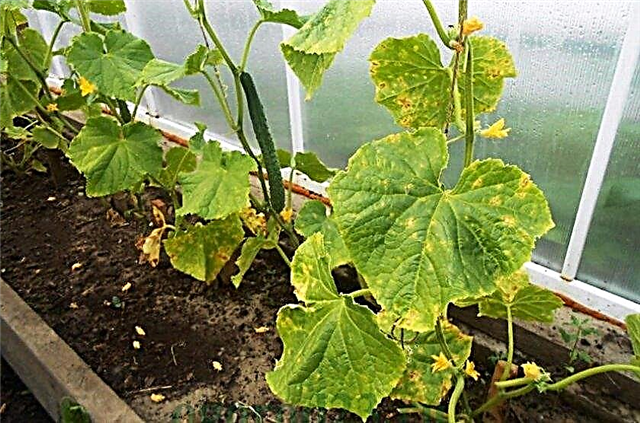
- white rotinfecting the entire bush, starting from the base. The plant is covered with slippery coating. When the first signs of the disease appear, the bushes are sprinkled with crushed chalk, or treatment with a solution of copper sulfate (5 g / 1 l) can be carried out. Affected parts of the plant must be removed;
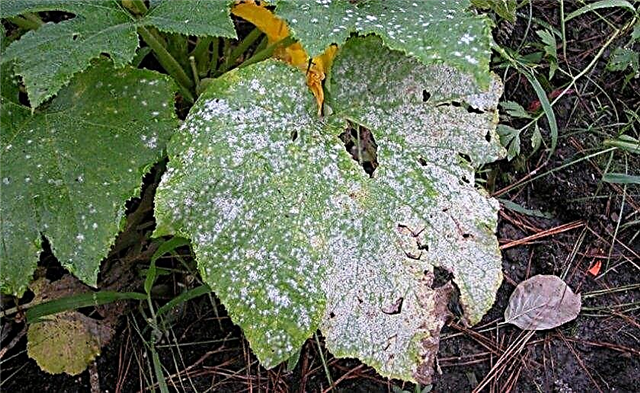
- anthracnosein which yellow spotting turns into ulceration in all parts of the culture. The treatment uses 1% Bordeaux liquid or a solution of copper chloroxide (40 g / 10 l);
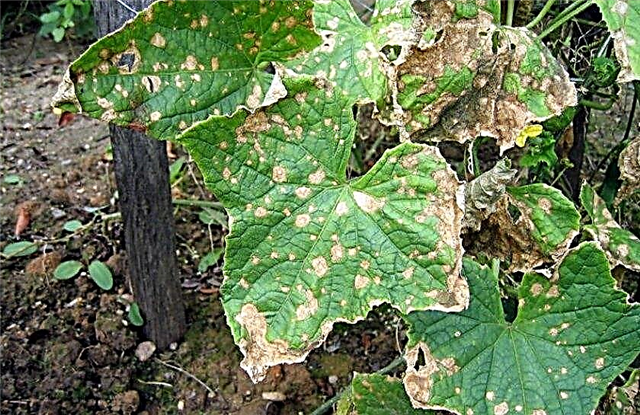
- melon aphids, which is a small insect that settles on the back of the leaves, on flowers and fruits. Its distribution provokes twisting and falling of leaves and ovaries, a sharp decrease in yield and even the death of the whole plant. In case of minor damage, spraying is carried out with fermented grass (1 kg / 1 bucket for 24 hours) or with ash solution (200 g of ash + 50 g of laundry soap + 10 l of water). In case of severe damage, the Intavir preparation is used in accordance with the instructions.

To prevent the appearance of diseases and pests, certain rules must be observed:
- sow treated seeds;
- Do not thicken plantings and do not overmoisten the soil;
- remove the affected bushes from the bed in time;
- timely remove weeds on which pests often settle;
- remove yellowed and old leaves.
Harvesting and storage
Cucumbers of this variety, like other cucumbers, are preferably collected every other day.
Important! Irregular picking of cucumbers inhibits the formation of new ovaries and reduces yield. The first fruits must be removed before they grow to their conditional size.
When collecting cucumbers, you must also follow certain rules:
- hook-shaped or ugly fruits are removed immediately upon detection so that they do not interfere with the growth of quality vegetables;
- Zelentsy is better not to tear off with your hands, as this injures the lashes, and cut it off with a pruner or scissors;
- the fruit stem when collecting fruits should try to leave on the bush;
- The best time for harvesting is in the early morning or late evening (at this time Zelentsy is the most juicy and delicious).
Vyaznikovsky 37 cucumbers are not recommended to be stored for a long time, as this affects their taste. Within 3-4 days, it is advisable to use them. The fruits are very tasty when pickled or salted. You can also cook a variety of salads, both fresh and canned. The optimum temperature for storage is + 6 ... + 8 ° C, and humidity - about 90%. Gardeners really appreciate the pleasant taste, good yield and ease of care for this variety. For this reason, this cucumber is often grown in many gardens.
The optimum temperature for storage is + 6 ... + 8 ° C, and humidity - about 90%. Gardeners really appreciate the pleasant taste, good yield and ease of care for this variety. For this reason, this cucumber is often grown in many gardens.





